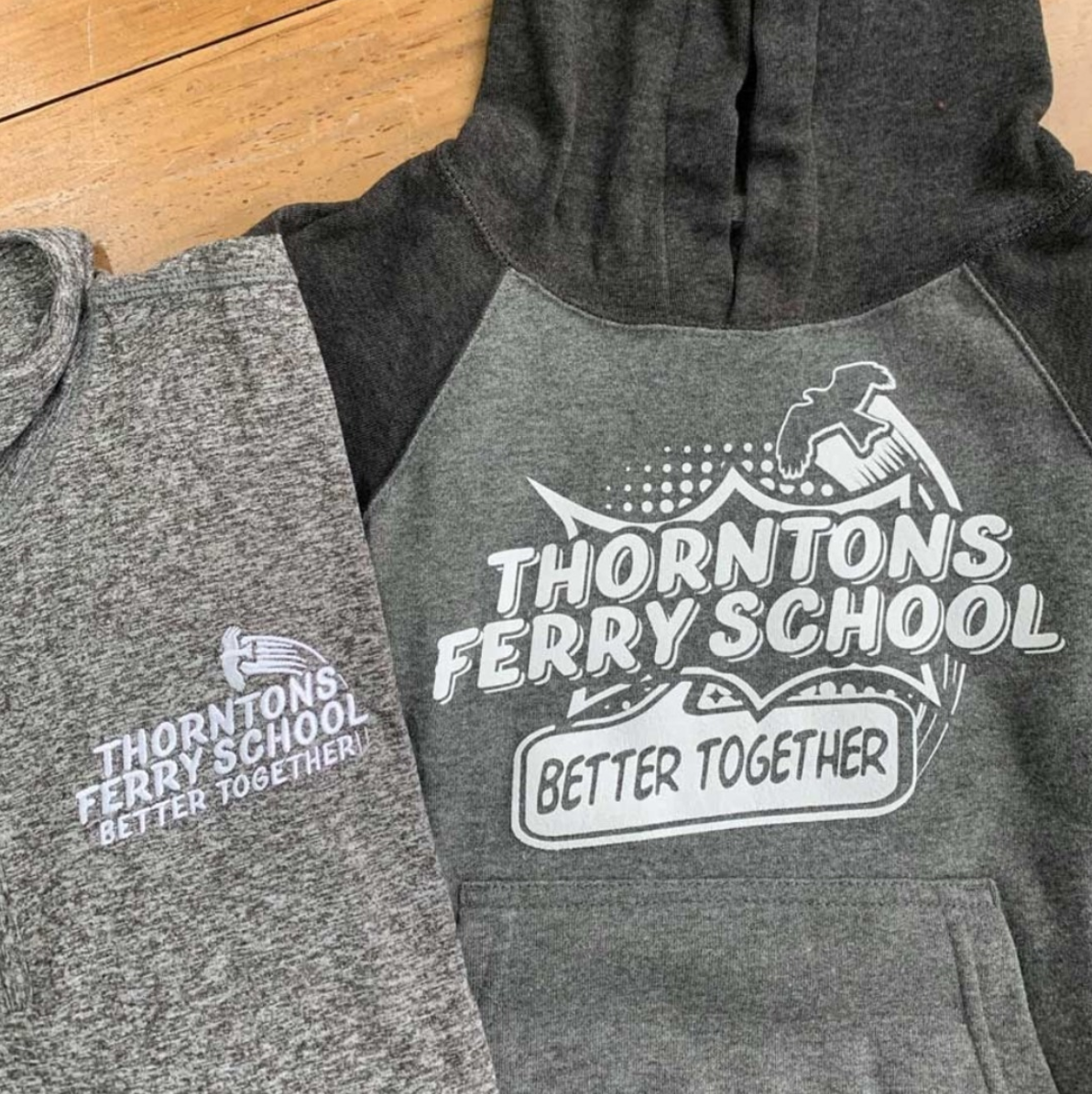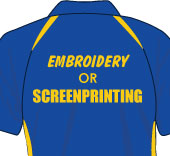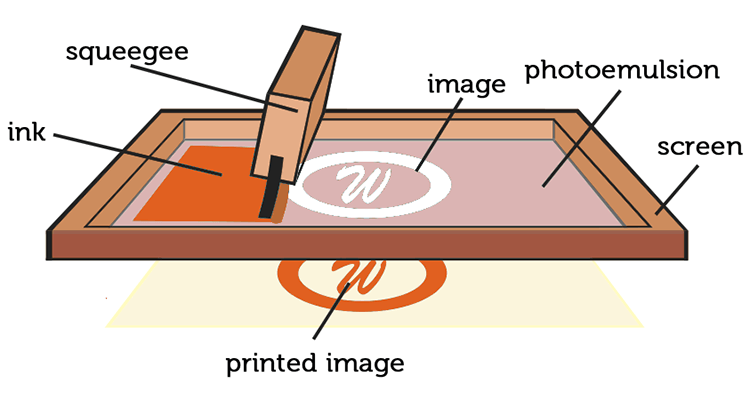The Definitive Guide for Tx Tees
The Definitive Guide for Tx Tees
Blog Article
The Main Principles Of Tx Tees
Table of ContentsFacts About Tx Tees UncoveredTx Tees Fundamentals ExplainedTx Tees Things To Know Before You Get ThisThe Ultimate Guide To Tx TeesThe Facts About Tx Tees RevealedThe smart Trick of Tx Tees That Nobody is Talking AboutSome Known Details About Tx Tees
Include up other prices, like the number of utilities it takes to run the store and the expense of ink and emulsion per layout. Take the print below.The solution should only be a couple of cents considering that you 'd only need to layer one display for this work. Exactly how much should you bill per t shirt to make an earnings? Typically, printers attempt to make up to 45% earnings on a print job. Below's a table to help you figure out that: complete cost per thing percent of desired revenue as a decimal (example:.25 or.45) revenue made per item per task Currently allowed's discuss the productivity of DTF.

With DTF, you can print a handful of shirts, or just one. Both display printing and DTF have their niches in the globe.
Tx Tees - Questions
The ideal way to understand? Ask about and see what print stores like yours are doing. screen printer. Try both out and see which you like far better
When you're picking what sort of printing approach to use for publishing your artwork styles on your garments, it is necessary that you recognize the distinctions between these two strategies so you can optimize results while lessening prices. Screen printing is the most generally made use of technique for publishing styles on fabrics.
DTG printing is also referred to as area or direct to garment printing because it publishes only what is required rather than making a screen as display printers do. https://fliphtml5.com/homepage/wmaot. Display printing works by display filler squeegee screen printing ink display mesh screen, after that moving the image to garment using warm and/or stress
The DTG printer makes use of special dye-sublimation inks that are applied into a pre-designed photo by an electronic printing system. The inks become part of the material, permitting dynamic shades and remarkable detail. It's also referred to as place or straight to garment printing because it publishes only what is required rather than making a screen as display printers do.
Tx Tees Things To Know Before You Get This
It's much faster - you can publish a fullcolor photo in mins, as opposed to hours for screen printing. Second, there's no set up time or expenses included - you can print any type of style you such as, without having to create a display first. Third, there's no waste - since screen printers screen print one layout at a time, they need to evaluate each color individually.
The paper is extremely expensive and can only be made use of as soon as. Once it's published on, it needs to be discarded. - The preliminary acquisition rate is reduced than the upfront financial investment of DTG printers- You can publish multi-color layouts one display at once rather than needing to publish each shade independently like DTG printing.

Excitement About Tx Tees
Instead of utilizing display mesh as display printers do, dye sublimation printers use laser innovation to move your images onto garments or paper. A heat procedure transfers the color from its solid-state directly into the gas phase which subsequently merges it onto textile substrates when they are quickly heated up to heats under high stress.
Sublimation printing is environmentally friendly. It utilizes much less water than screenprinting, and due to the fact that it does not involve making use of damaging solvents, it's secure for all kinds of garments. The dye sublimation inks are also odor-free when treated, unlike screen printers that use damaging chemicals during the screen printing procedure that leave an unpleasant odor.
They additionally conserve money on pricey devices like exposure devices because color sublimation printers don't call for a UV exposure device or a flash treatment stove that is typically used in screen printing (t-shirt printing). What is direct to garment printing (DTG Printing)? DTG printing is a digital screenprinting procedure that prints directly onto textile making use of specialized inkjet printers
The 7-Second Trick For Tx Tees
DTG printing supplies numerous benefits over traditional screenprinting, consisting of the capability to print photographic quality images, greater color vibrancy, and the capacity to print styles on darker textiles. DTG printers function by warming the textile ink until it turns into a gas. The gas after that permeates the fabric, bonding with the fibers to develop a permanent print.

Screen printers simply prepare their screen after that start printing until they run out of item or ink.- There is a wide variety of knowledgeable screen printers all over the globe, which can be useful for beginners. - It's a slower process - screen printers frequently have to await the ink to completely dry prior to they can publish the following shade- Screen printers require manual work, so there's a higher knowing curve and it takes longer to generate a high-grade layout- Display printing isn't as precise as DTG printing, so you might get some "blood loss" of shades from one component of the picture onto another otherwise done effectively.
All about Tx Tees
Rather of using screen mesh as screen printers do, color sublimation printers utilize laser modern technology to transfer your photos onto garments or paper. A heat process moves the dye from its solid-state directly right into the gas phase which in turn merges it onto fabric substrates when they are swiftly heated to heats under high pressure.
Sublimation printing is eco-friendly. It utilizes much less water than screenprinting, and because it doesn't include the usage of hazardous solvents, it's risk-free for all kinds of apparel. The dye sublimation inks are likewise odor-free when healed, unlike screen printers that utilize dangerous chemicals during the display printing procedure that leave behind an unpleasant smell.
They additionally conserve cash on pricey equipment like exposure systems considering that color sublimation printers do not need a UV direct exposure device or a flash cure oven that is typically utilized in display printing. What is straight to garment printing (DTG Printing)? DTG printing is a digital screenprinting procedure that prints straight onto fabric using specialized inkjet printers.
The 25-Second Trick For Tx Tees
DTG printing supplies several advantages over standard screenprinting, including the ability to publish photographic high quality images, greater shade vibrancy, and the capacity to print layouts on darker fabrics. DTG printers work by warming the textile ink up until it turns right into a gas. The gas then permeates Read Full Article the textile, bonding with the fibers to develop a permanent print.
Report this page